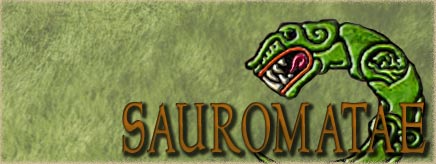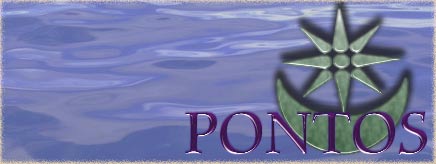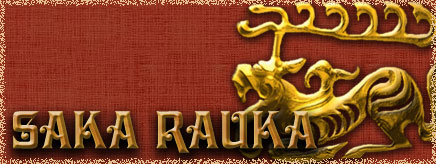Earlier Hellenistic armies, when there were vast kingdoms with massive wealth and manpower to draw upon we know about. Those sorts of things are widely available, or you can guess at them yourselves.
What about the later armies when the Diadochi had passed their zenith? What would a Seleucid army after 188BC be like? Or a Ptolemaic army in 85BC?
I'm guessing something like "less pikes, more mobile spearmen", was that the case?




 Reply With Quote
Reply With Quote















Bookmarks